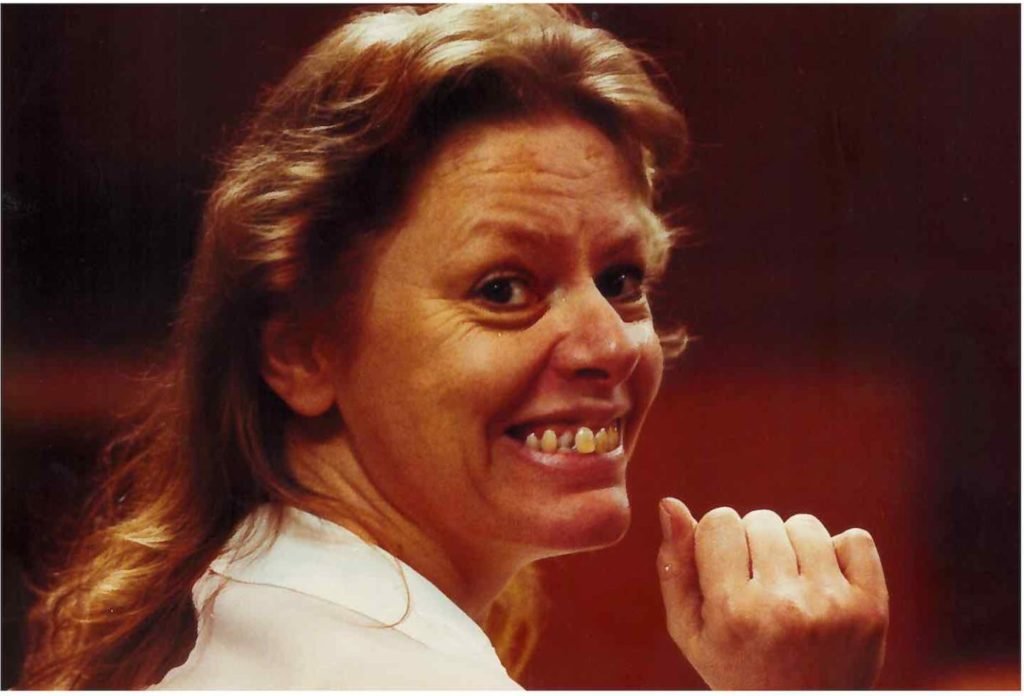Erzsébet Báthory: Bubble Baths or Blood baths?
/I Prefer Bubble Baths not Blood Baths
Erzsébet Báthory (Elizabeth Bathory), posing in a portrait
Self-care is so essential to a girl, and since we live in a male-dominated society, aging is not an option now, is it? Our dear Erzsébet knew this, so she did what any rational Victorian woman would do… Kill hundreds of maids, torture them, and then bathe in their blood. I know a good skincare routine is irreplaceable to a girl, but the blood bath does seem a tad extreme; a bubble bath probably would have suffixes. (but what do I know?)
With an accused kill count of 6oo, Erzsébet Báthory put herself on the map for becoming one of the world's most prolific female serial killers at an early age (16 centuries early, that is). Though did the rumored merciless blood countess really do what she was accused of? Or was she an innocent widowed woman who had a tad bit too much power and money with several families, including her own, indebted to her?
Erzsébet Báthory was born in Nyírbátor, Hungary, on August 7, 1560. Married to a nobleman named Nadasdy at just 15 years of age, Erzsébet managed to do what all noblewomen at that time were expected to. What is that you may ask? Marry rich, a goal I myself have as well.
Erzsébet and Nadasdy were the picture of what a marriage of convince was supposed to be. They had 4 children, but a good 80% of the time never saw each other. This was, of course, due to her husband going off fighting the Ottoman Turks. During this time, she managed the estate and his affairs in his place, and she did so like a shark. Erzsébet Báthory was a cold-blooded businesswoman, so the story goes. But did her calculated business skills that would have granted her the title of ‘woman of the year’ in this day and age end up playing a role in her demise?
No one at this time liked a woman in power, much less a widow in power, and in January of 1604, Báthory’s husband died during battle. Báthory then took complete control of her extensive estates, something I’m sure her male family members were very fond of; because soon after the passing of her husband in the year 1610, Báthory was accused of her horrific crimes.
She stood accused along with her servants of mass murder and torture of commoners as well as noble ladies, ( which is why the case was apparently taken up, because heaven forbid the upper class to be slighted!). Erzsébet herself was never tried, though 3 of her servants were executed when she was found guilty. Charged with officially 80 counts of murder, she was to live out her days confined to her home in Castle Cachtice, where she remained till she was found dead in 1614.
Isn’t it so convent though? Everything seemingly was tied up in a blood-red bow, not a single loose end in sight! Murderess Countess convicted as she should be. Except for the fact that those who convicted her gained far more than God’s good grace by locking her away. The debts they owed soon became collateral for allowing her family to manage her confinement and take control of her lands. Those who have reviewed the case in recent years have speculated that this murderess was actually innocent and that this was a case of politically fueled slander.
Though no matter what really happened, the case took on a life of its own in later years. Plenty of people came forward with their own recount of what happened, and years after the actual trial, the legend of the blood countess began as people started to say she bathed in the blood of victims in order to stay young. That is a rather big thing to leave out of the trial, but just like today’s society. Scandals and trials are like a giant game of telephone; they start off small only to become completely unrecognizable by the end for better or worse.
The intricacies of this case are fascinating; I would urge you to take a deep dive into it as well and form your own opinion on whether she was innocent or guilty, and perhaps the next time you hear of the blood countess, your blood will boil for a different reason then at the though of all those she ‘killed’. So for all you self-care girls out there obsessed with serial killers and potentially wronged female historical figures, treat yourself to a bubble bath in our girl, Erzsébet Báthory’s honor.
Hi, my name is Breanne Gormley. I’m currently in my second year of Professional Writing at Algonquin College. I am passionate about the color blue, tiny skulls, folklore, and petting random cats I find on the street. I have a deep love of writing, and I can’t wait to take a trip with you through time and explore the finer things in life, specifically tragic events and brutal murders. I hope you will enjoy this blog as much as I do.








